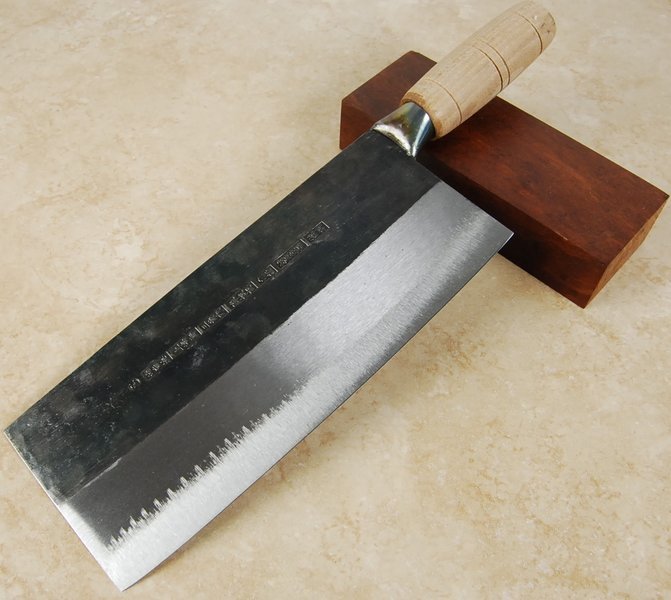- Joined
- Mar 26, 2018
- Messages
- 5,445
The threads to select a blade steel and grind for this year’s Buck forum got me wondering about this.
What decides how you use a knife? The blade grind or the steel? Or do you just grab one and go at it?
Example:
A camp knife with .15" stock and a 4.5" blade. You have a choice of steel between 5160 and D2 (let's pretend cost and corrosion resistance are equal), and a choice of grind between a sabre grind and a full flat grind.
Personally, I tend to try to maximize and would go for 5160 with a sabre grind if I wanted a hard use camp knife, and D2 with a full flat grind if I wanted a light use/camp kitchen knife.
But what if your options were 5160 and a full flat grind or D2 with a sabre grind?
Would it be the steel or the grind that decides how you used the knife?
What decides how you use a knife? The blade grind or the steel? Or do you just grab one and go at it?
Example:
A camp knife with .15" stock and a 4.5" blade. You have a choice of steel between 5160 and D2 (let's pretend cost and corrosion resistance are equal), and a choice of grind between a sabre grind and a full flat grind.
Personally, I tend to try to maximize and would go for 5160 with a sabre grind if I wanted a hard use camp knife, and D2 with a full flat grind if I wanted a light use/camp kitchen knife.
But what if your options were 5160 and a full flat grind or D2 with a sabre grind?
Would it be the steel or the grind that decides how you used the knife?
Last edited:

